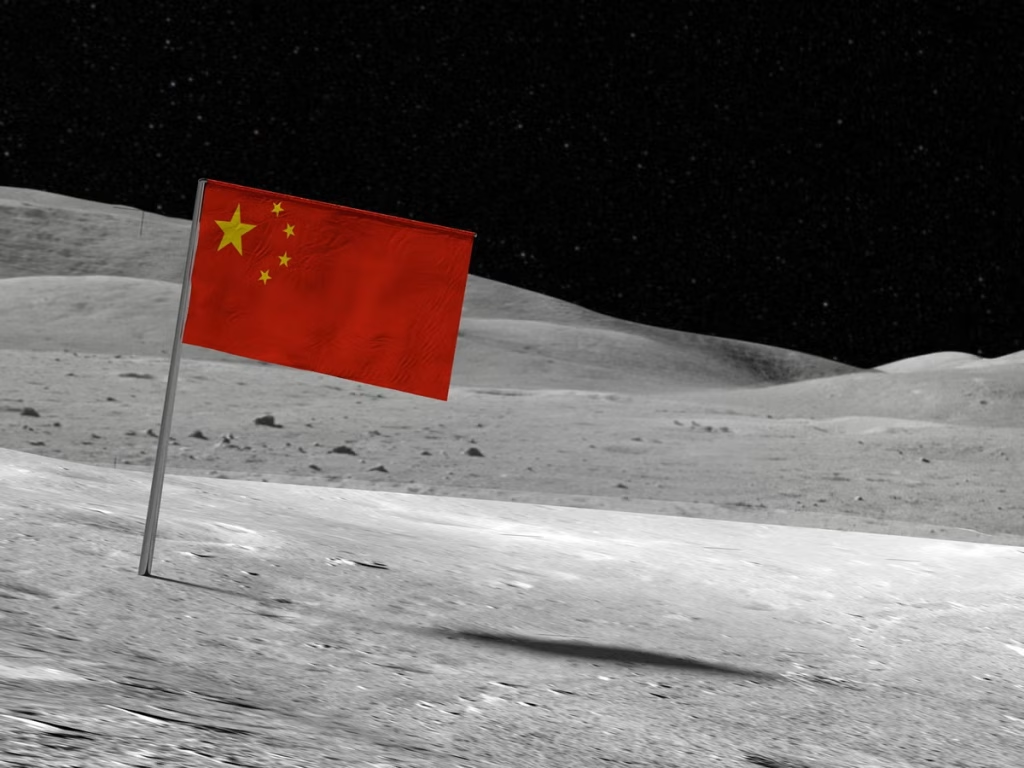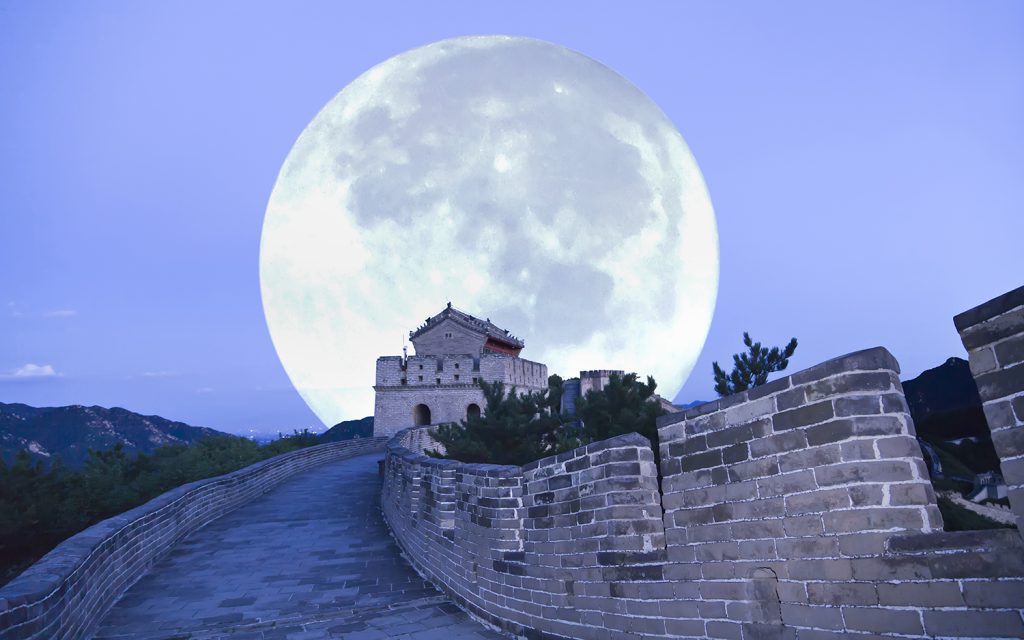In a stunning display of technological prowess and national ambition, The China Moon Chang’e-5 mission successfully returned to Earth, marking a pivotal moment in the country’s space exploration journey.
This groundbreaking achievement not only showcased China’s growing capabilities in space but also solidified its position among the world’s space powers. Let’s dive into the details of this historic mission and explore its far-reaching implications for China’s role in the global space race.
The Chang’e-5 Mission: A Game-Changing Lunar Venture

The Chang’e-5 mission, named after the Chinese moon goddess, was no ordinary space expedition. Launched on November 23, 2020, this complex operation aimed to collect lunar samples and bring them back to Earth – a feat not accomplished since the Soviet Union’s Luna 24 mission in 1976.
Key Milestones of the Chang’e-5 Mission:
1. Lunar Orbit Insertion: December 1, 2020
2. Lunar Landing: December 1, 2020
3. Sample Collection: December 2-3, 2020
4. Lunar Ascent: December 3, 2020
5. Earth Return: December 16, 2020
The mission’s success demonstrated China’s mastery of critical space technologies, including automated sample collection, lunar ascent, rendezvous and docking in lunar orbit, and high-speed Earth reentry.
Related: Discover Howard’s Mill: A Hidden Gem You Must Visit!
Scientific Significance: Unveiling Lunar Secrets
The Chang’e-5 mission brought back approximately 1,731 grams of lunar material – the first fresh samples in over four decades. These precious specimens are expected to provide invaluable insights into the Moon’s geological history and composition.
Key Research Areas:
- Lunar volcanic activity
- Moon’s thermal evolution
- Presence of water and other volatile substances
- Dating of lunar surface features
By analyzing these samples, scientists hope to refine our understanding of the Moon’s formation and evolution, potentially reshaping theories about the early solar system.
China’s Ascent on the Space Race
The successful completion of the Chang’e-5 mission marks a significant milestone in China’s space program, elevating the nation to an elite group of countries capable of extraterrestrial sample return missions.
Notable Achievements:
- The first country to land on the far side of the Moon (Chang’e-4 mission, 2019)
- The third country to bring back lunar samples (after the U.S. and Soviet Union)
- Rapid advancement in space technology over the past two decades
This accomplishment has far-reaching implications for China’s standing in the global space community and its future aspirations.

Global Implications and Collaborations
China’s lunar success has sparked both admiration and concern from the international community. While some celebrate the scientific advancements, others worry about the potential militarization of space and the race for lunar resources.
International Reactions:
- Calls for increased cooperation in space exploration
- Congratulations from space agencies worldwide
- Discussions on the need for updated international space laws
Despite geopolitical tensions, the Chang’e-5 mission has opened doors for potential scientific collaborations, with China offering to share lunar samples with international researchers.
Future Ambitions: China’s Space Roadmap
The Chang’e-5 mission is just one step in China’s ambitious long-term space strategy. The country has outlined bold plans for future lunar and deep space exploration.
Upcoming Chinese Space Projects:
- Change-6: Sample return mission from the Moon’s south pole (planned for 2024)
- Lunar research station: Permanent presence on the Moon’s surface
- Mars exploration: Following the successful Tianwen-1 mission
- Asteroid sample return mission
These plans underscore China’s commitment to becoming a leading space power, competing with established players like NASA and Roscosmos.
Challenges and Opportunities
While China’s recent success is impressive, the nation still faces significant challenges in its quest for space dominance.
Key Challenges:
- Technological gaps in certain areas
- International cooperation limitations due to political factors
- Balancing space expenditures with domestic priorities
However, these challenges also present opportunities for innovation, diplomatic engagement, and economic growth through space-related industries.
Frequently Asked Questions
China Moon could refer to different things:
A popular Chinese restaurant.
The concept of China’s space exploration program, particularly lunar missions.
A movie or book title.
China’s lunar program is called the Chang’e program, which includes several missions aimed at exploring the Moon. China aims to achieve significant milestones like returning lunar samples and eventually sending humans to the Moon.
China Moon is a name commonly used by Chinese restaurants worldwide, offering a wide variety of traditional Chinese dishes, including dumplings, stir-fried noodles, and more.
The Moon holds great cultural significance in China, symbolizing harmony, reunion, and prosperity. The Mid-Autumn Festival (Moon Festival) celebrates the harvest and the full moon, featuring mooncakes as a traditional food.
The film China Moon (1994) is a neo-noir thriller about a detective who falls for a woman trapped in an abusive marriage. Things get complicated when a murder takes place, and the investigation takes unexpected turns.
Conclusion
The Chang’e-5 mission’s triumphant return to Earth marks a new chapter in China’s space odyssey. By joining the ranks of nations capable of extraterrestrial sample return, China has demonstrated its technological prowess and unwavering commitment to space exploration.
As the country continues to push the boundaries of what’s possible in space, the world watches with a mix of admiration, curiosity, and caution. One thing is certain: China’s lunar leap has reshaped the landscape of global space exploration, promising exciting developments in the years to come.
